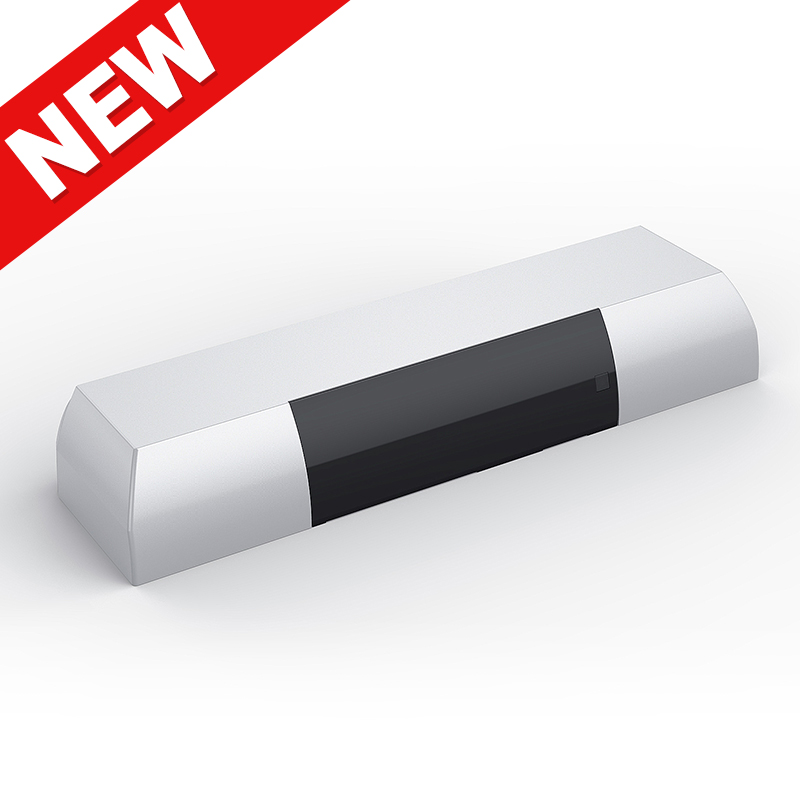Can automatic door infrared sensors be adjusted for sensitivity or range?
Automatic door infrared sensors are integral components of modern building access systems, providing convenience and safety by detecting the presence or motion of individuals. However, the effectiveness of these sensors often depends on their sensitivity and range, which can vary based on specific needs and environmental factors. In this article, we will explore whether automatic door infrared sensors can be adjusted for sensitivity or range and the importance of customization in optimizing their performance.

Understanding Automatic Door Infrared Sensors
Automatic door infrared sensors, commonly known as IR sensors, rely on infrared light to detect motion or the presence of individuals in their vicinity. They typically consist of two main components: an emitter that emits infrared light and a receiver that captures the reflected light. When an object or person enters the sensor's detection zone, it interrupts the infrared beam, triggering the door's opening or closing mechanism.
Can Infrared Sensors Be Adjusted?
Yes, automatic door infrared sensors can often be adjusted to tailor their sensitivity and range. Here's how:
1. Sensitivity Adjustment: Many IR sensors come equipped with sensitivity adjustment settings. This feature allows users to regulate the sensor's response to various objects and movement speeds. Higher sensitivity settings make the sensor more responsive, while lower settings may require larger or slower movements to trigger the door.
2. Range Adjustment: The range of an IR sensor refers to the distance at which it can detect motion or presence. Some sensors allow users to adjust this range, enabling customization based on the specific requirements of the installation. By altering the range, you can control how far in advance the door opens when someone approaches.
3. Positioning and Aiming: Properly positioning and aiming the IR sensor is crucial to achieving the desired sensitivity and range. Angling the sensor slightly downward can increase the detection range, while aiming it more horizontally narrows the range.
4. Obstacle Avoidance: Be mindful of potential obstacles within the sensor's field of view. Objects, signage, or other obstructions may interfere with the sensor's performance or trigger false detections. Adjusting the sensor's position or removing obstructions can help.
5. Environmental Factors: Consider environmental factors such as ambient lighting, temperature, and humidity. These variables can affect the sensor's performance, and adjustments may be necessary to compensate for changing conditions.
The Importance of Customization
Customizing the sensitivity and range of automatic door infrared sensors is essential for several reasons:
1. Safety: Proper adjustment ensures that the door opens in response to approaching individuals, reducing the risk of accidents and collisions.
2. Energy Efficiency: Optimizing the sensor's range can help conserve energy by minimizing unnecessary door activations.
3. Convenience: Tailoring sensitivity and range to specific needs enhances user convenience, especially in high-traffic areas.
4. Cost Savings: Efficient sensor adjustment can lead to reduced wear and tear on the door mechanism, prolonging its lifespan and lowering maintenance costs.
Conclusion
Automatic door infrared sensors offer unmatched convenience and safety in modern building access systems. The ability to adjust their sensitivity and range is a valuable feature that allows users to customize sensor performance to meet their unique requirements. By taking advantage of this adjustability and considering factors like positioning, environmental conditions, and potential obstacles, you can ensure that your automatic door infrared sensors operate optimally, enhancing safety and convenience for all building occupants.







